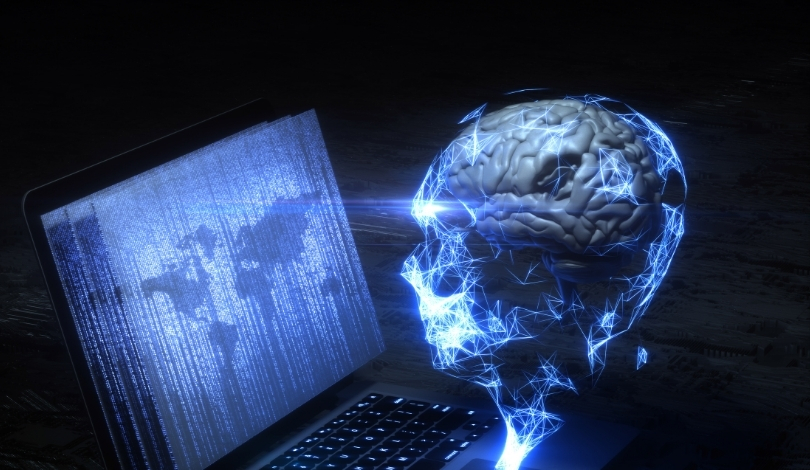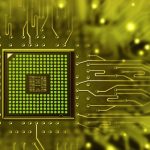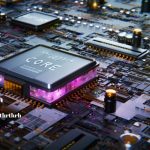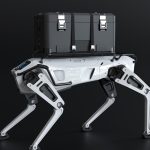NTT Group has established the Physics of Artificial Intelligence (PAI) Group at Harvard University’s Center for Brain Science. This initiative seeks to uncover the fundamental principles that govern AI’s learning and reasoning processes. By drawing parallels with physics, the group aims to demystify AI’s inner workings, providing deeper insights into its cognitive mechanisms. The collaboration marks a significant step towards enhancing the transparency and effectiveness of AI systems.
Although AI has long been regarded as a mysterious “black box,” recent efforts by researchers are making strides in understanding its complexities. This new approach focuses on the psychological and architectural aspects of AI, offering a more comprehensive evaluation beyond traditional benchmarking methods. The PAI Group’s work represents a shift towards a more nuanced analysis of AI capabilities.
How Does PAI Aim to Decode AI Learning?
The PAI Group is developing “model experimental systems,” which are controlled digital environments designed to monitor AI’s learning and reasoning over time. By utilizing multimodal datasets that include images and text across various scientific disciplines, the team investigates how AI interprets new concepts and retains information. This method allows for a structured examination of AI’s cognitive processes.
What Are PAI’s Core Objectives?
PAI aims to identify the underlying principles that drive AI’s decision-making and learning. Understanding these mechanisms is crucial for improving AI models, minimizing biases, and reducing inaccuracies.
“Uncovering the root causes of an A.I. model’s initial reasoning behavior can play a key role in minimizing bias and hallucinations in upcoming systems,”
stated Kazu Gomi, president and CEO of NTT Research.
Who Is Leading the PAI Initiative?
Hidenori Tanaka, the group leader, spearheads the PAI initiative. With a Ph.D. in theoretical physics from Harvard, Tanaka brings expertise in the brain’s computational principles and their alignment with physical laws. The team includes renowned researchers from Harvard, Princeton, and Stanford, fostering a collaborative environment for advancing AI research.
PAI builds on NTT Research’s previous work, including over 150 AI research papers and significant advancements in neural network pruning algorithms. This foundation supports the group’s efforts to explore AI’s cognitive depth and enhance its practical applications. By partnering with AI developers globally, PAI seeks to refine its datasets and methodologies through comprehensive real-world experiments.
The establishment of the PAI Group signifies a proactive effort to make AI systems more understandable and reliable. By focusing on the fundamental aspects of AI behavior, NTT Group and Harvard University are poised to contribute valuable insights that could shape the future of artificial intelligence development and deployment.
- NTT Group creates Physics of AI Group at Harvard.
- PAI aims to understand AI’s learning and reasoning processes.
- Led by Hidenori Tanaka, the initiative fosters global collaboration.










